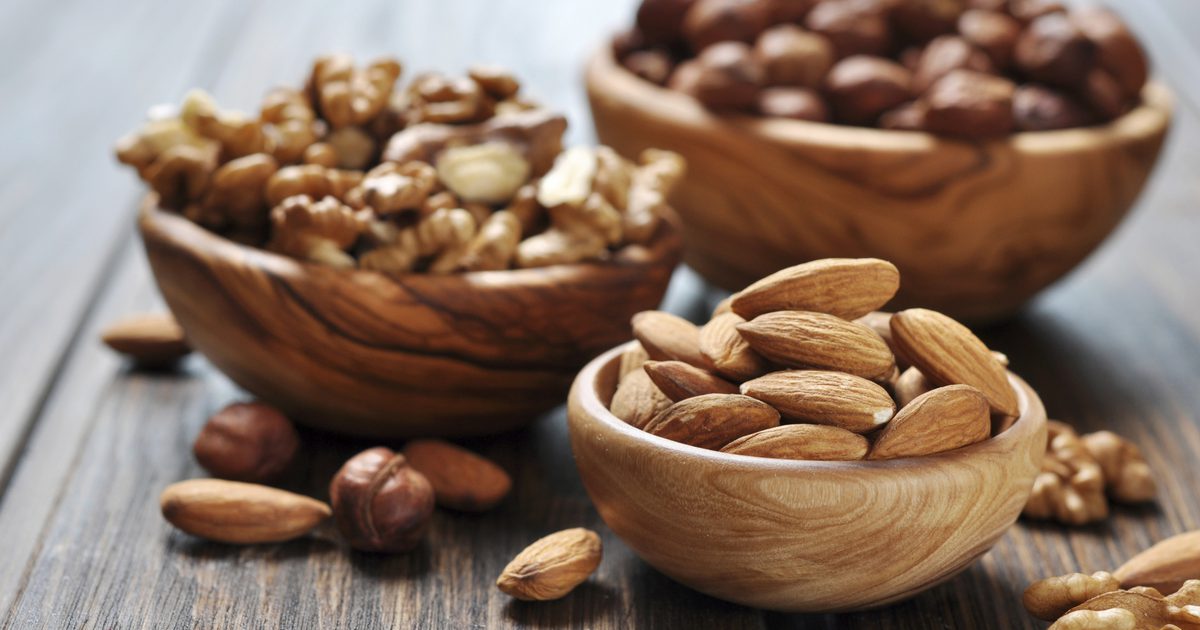Effective Strategies for Lowering Your Triglycerides
7. Lose Excess Weight

It's possible losing excess weight will lower an individual's overall triglyceride levels. When the body consumes more calories than necessary, the excess calories are converted into triglycerides, which are then stored in fat cells. By burning excess fat, individuals release the triglycerides and lower their risk of cardiovascular disease. In addition, healthy diet choices decrease an individual's chances of excess calorie consumption, which means they won't add significantly to their triglyceride levels. Some research indicates losing five to ten percent of one's body's weight leads to a decrease in triglycerides of up to forty milligrams per deciliter. Even if some of the weight is regained later, weight loss can have a long-lasting effect on an individual's overall triglyceride levels.
8. Eat Some Tree Nuts

Individuals may be able to lower their triglyceride levels if they eat some tree nuts, provided they are not allergic. These nuts provide unsaturated fats, omega-3 fatty acids, and fiber in concentrated doses. These three components are all linked to decreased triglyceride levels. When researchers compiled the results of sixty-one studies, they found every tree nut serving could decrease triglyceride levels by an average of 2.2 milligrams per deciliter. In another study with 2,226 participants, tree nut intake led to modest triglyceride decrease. One serving of nuts isn't actually very many, since nuts are calorie-dense foods. Some common tree nuts are macadamia nuts, Brazil nuts, pistachios, cashews, walnuts, pecans, and almonds. Researchers believe the health benefits are the greatest if individuals consume three to seven servings of tree nuts each week.
